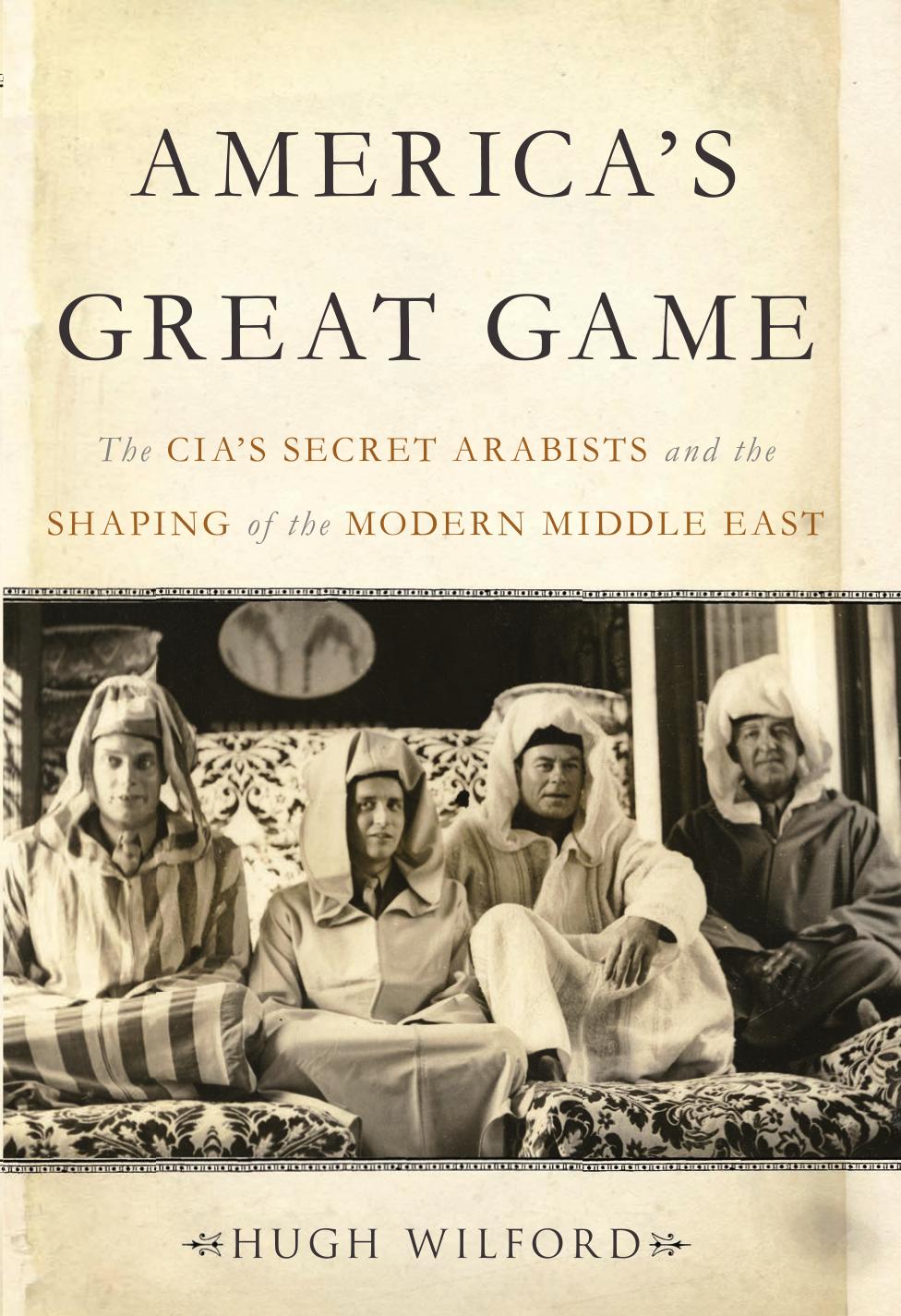America's Great Game by Hugh Wilford

Author:Hugh Wilford [Wilford, Hugh]
Language: eng
Format: epub, pdf
ISBN: 9780465069828
Publisher: Basic Books
THE EFFORTS OF THE ARABISTS and anti-Zionists to bolster the Eisenhower administration’s Middle East policy at home did not meet without resistance. After giving his speech before the ACJ—an organization reputedly known in Israel as “a traitor within the family”—Henry Byroade was told by the president of the World Jewish Congress, Nahum Goldmann, that he would never hold a good job again. With Byroade replacing Loy Henderson as the Zionists’ most hated figure in the State Department, a new coinage, “Byroadism,” meaning a toxic mix of anti-Semitism and Arabphilia, gained circulation. Private citizens in the AFME circle did not fare any better. Dorothy Thompson was a frequent target of Zionist denunciation, perhaps not surprising given her celebrity, sensitivity to personal criticism, and habit of making statements that flirted with anti-Semitism—although insinuations that her husband, the émigré Austrian artist Max Kopf, was a Nazi sympathizer were patently unfair. Edward Elson, too, came under attack, especially after a letter he wrote to a Zionist critic, drawing an inflammatory comparison between “Political Zionism” and the Nazi German-American Bund as movements that were “out of place in American life,” fell into the hands of Zionist newspapers and the columnist Drew Pearson. When this incident was followed shortly after by another ill-advised move on Elson’s part—an invitation to the State Department Arabist Edwin Wright to speak at the National Presbyterian Church—the extent of the pastor’s influence on the Eisenhower White House became “one of the unanswered questions in Washington,” or at least Zionist publicists made sure that it did.20
Clearly, some of this Zionist counteroffensive against the AFME-ACJ network was being coordinated from Israel. As soon as Eisenhower was elected in November 1952, David Ben-Gurion, the great Zionist leader and first Israeli prime minister, acknowledged the need to step up publicity or hasbara work in the United States. “Until now there was only one conduit to the White House—the Israeli; from now on, there will be an Arab one as well,” he wrote privately. “Eisenhower adores his young brother Milton who is close to the pro-Arab group of Dorothy Thompson. Efforts must be made to influence Milton in our direction.” Such activities appeared to intensify in late 1954, at the same time that American officials were beginning to formulate the ALPHA plan for Arab-Israeli peace, with hasbara officials at the Israeli embassies in Washington and New York confirming their twin desires “to try to reach the public directly, over as broad a front as possible,” and “influence the ’molders of public opinion’ in important specific spheres.” The same year saw the beginnings of a process of reorganization among Zionist groups in the United States that included the founding by I. L. “Si” Kenen of the American Zionist Committee for Public Affairs, subsequently renamed the American Israel Public Affairs Committee (AIPAC). Launched a few years later, Kenen’s Near East Report, “A Washington Letter on American Policy in the Near East,” routinely criticized AFME and its various Arabist and anti-Zionist associates in a special column, “Propaganda Pressures.” Indeed,
Download
This site does not store any files on its server. We only index and link to content provided by other sites. Please contact the content providers to delete copyright contents if any and email us, we'll remove relevant links or contents immediately.
| Africa | Americas |
| Arctic & Antarctica | Asia |
| Australia & Oceania | Europe |
| Middle East | Russia |
| United States | World |
| Ancient Civilizations | Military |
| Historical Study & Educational Resources |
Empire of the Sikhs by Patwant Singh(22767)
The Wind in My Hair by Masih Alinejad(4844)
The Templars by Dan Jones(4558)
Rise and Kill First by Ronen Bergman(4545)
The Rape of Nanking by Iris Chang(4023)
12 Strong by Doug Stanton(3420)
Blood and Sand by Alex Von Tunzelmann(3057)
The History of Jihad: From Muhammad to ISIS by Spencer Robert(2506)
Babylon's Ark by Lawrence Anthony(2433)
The Turkish Psychedelic Explosion by Daniel Spicer(2245)
Gideon's Spies: The Secret History of the Mossad by Gordon Thomas(2236)
No Room for Small Dreams by Shimon Peres(2236)
Inside the Middle East by Avi Melamed(2232)
Arabs by Eugene Rogan(2195)
The First Muslim The Story of Muhammad by Lesley Hazleton(2154)
Bus on Jaffa Road by Mike Kelly(2035)
Come, Tell Me How You Live by Mallowan Agatha Christie(2028)
Kabul 1841-42: Battle Story by Edmund Yorke(1922)
1453 by Roger Crowley(1880)
